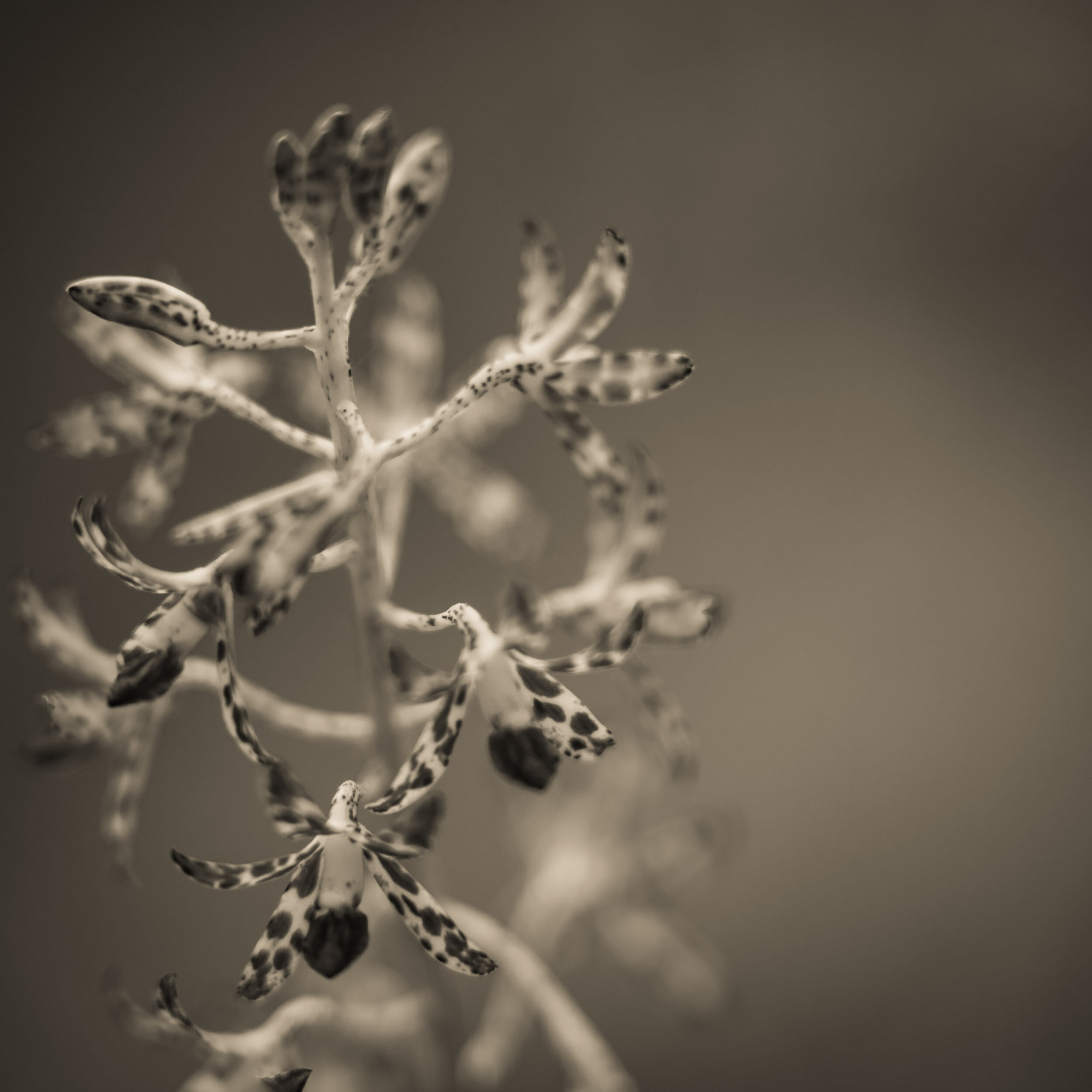EX99 Moving the point of focus
How in control of the focus system in your camera are you?
Do you know and ever use manual focus?
Do you know the differences between the types of focus points in your camera? Does your camera have two different focus points?
Does your camera use phase detect auto focus or contrast detect auto focus? Mine actually uses both. What is the difference? What are the advantages and disadvantages of both?
Do you ever focus bracket?
How do you check focus?
Do you rely on the cameras auto focus system or do you control it?
Often our biggest error in photography is relying on the camera to do what it thinks it should be doing, and not taking control of the camera ourselves.
For this exercise has two parts.
Part One
Part one is to answer all of the questions I have already posed? Can you easily answer them?
You might need to dive into your camera manual. You might need to do a tutorial on focusing your camera. Often specialised video tutorials for your specific camera are really helpful here. This is because a technique that works on one camera may not work so well on yours. It is also very personal. For example I tend to use manual focus, so I don’t have to contend with what the camera is trying to do for me. If you have poor eyesight you may rely on the auto focus system, and therefore need to master it fully so you can rely on it.
Focus bracketing is much like exposure bracketing. I do this a lot. I often take lots of photographs and vary where I am focusing. I also refocus over and over and take a fresh shot. This often means that when I have lots to choose from I can choose the one that best suits my mood. When I am photographing flowers I find this incredibly important. I often move my focus along the flower to see what will happen. I might start at that petal closest to me, and then move it in a bit and take another photograph. I then take some with the stamen in focus, and then the stem, and finally with the other side of the flower in focus. I then close the aperture down and do it all again. Now I have a collection of the same flower with many photographs with different focus points. I can choose later which one I love the most and suits the composition. I find this eliminates some errors and ultimately gives me more choice.
To check focus, I turn up my sharpness in camera. This may be dangerous if you shoot jpg as you are effectively destroying image quality. So only consider doing this if you shoot raw. I do this so I can see where my focus is when I am taking the photograph in my electronic viewfinder and when I am reviewing it on the screen at the back of the camera. When I import my raw photograph the sharpening disappears as it isn’t embedded in the raw photograph.
Part Two
Find something to photograph that has lots of depth to it. Something simple like a carpet that runs away from you when you shoot it at an angle. A gorgeous wooden table perhaps. You may like to try this with some flowers or leaves in a garden. Actually anything with lots of depth will work that interests you.
Focus bracket your photographs. Post them in sets of three or more as one image so we can see where you have moved the focus between each photograph. You can post three sets if you wish.
I would do this exercise with your widest aperture, that is the one with the largest hole and the smallest number.
We won’t be meeting for this exercise because it will be Christmas day. So please engage in the conversation when you post your photographs in the forum.
The one I chose to process from the series….
Notice how I change the focus point in my search to find the best photograph?
Bellow is a larger set experimenting with not only focus but also a little bit of compositional bracketing.
Click on the images to enlarge into a lightbox so you can see them in more detail if you like.
One of the photographs from the series, processed. Notice I moved the crop to the right as well as setting the black and white points, playing with texture and clarity too. In the end I also lightened the mid tones.
Text and Photographs Copyright © Len Metcalf 2020


























